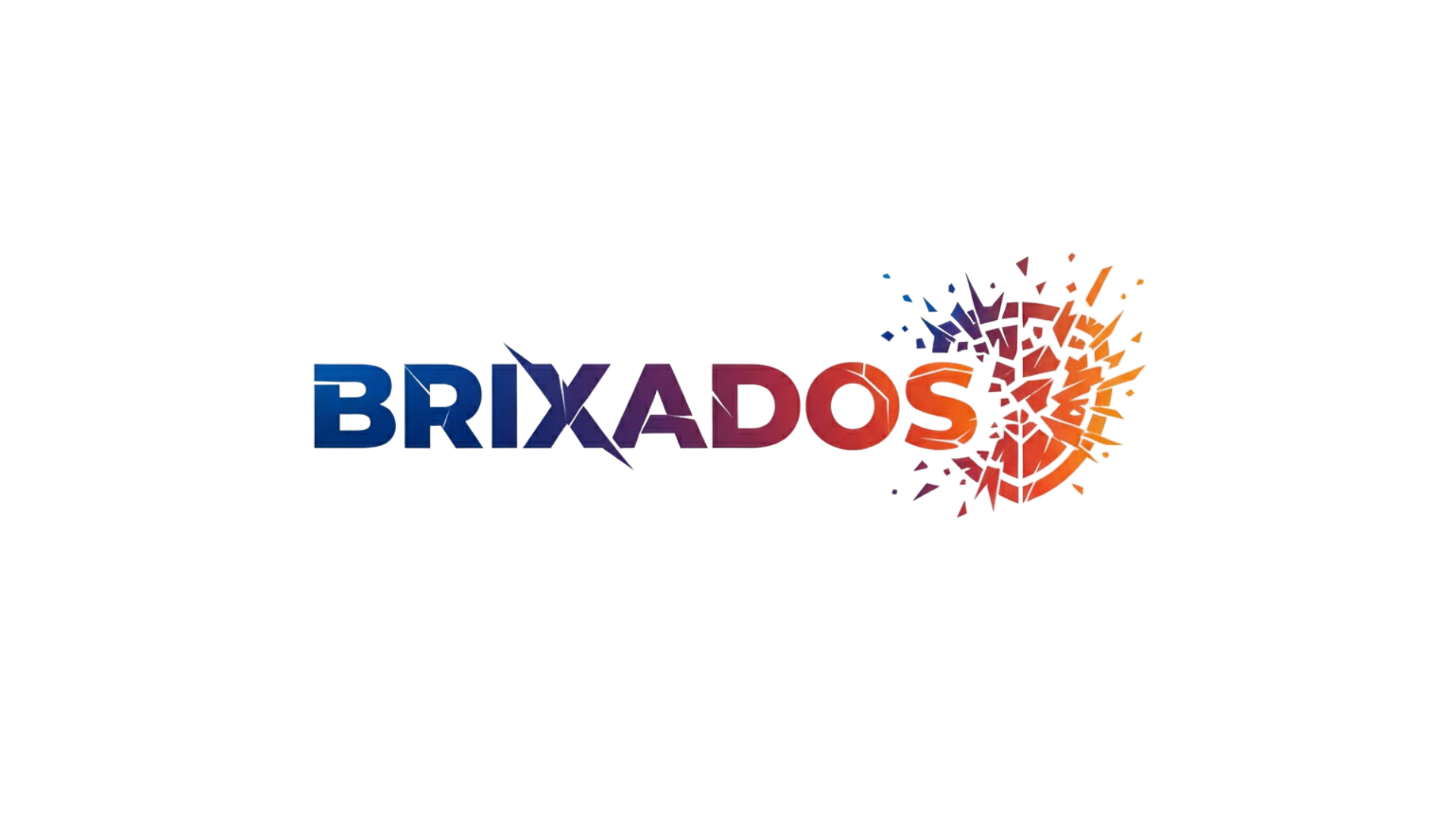Myths have long been dismissed as mere fantasy, yet they contain encoded wisdom about the natural world, human psychology, and cosmic patterns that predate modern science by millennia.
🌍 The Bridge Between Ancient Wisdom and Modern Understanding
When we examine ancient mythologies through a contemporary lens, something remarkable emerges: these stories weren’t simply entertainment or religious doctrine. They represented humanity’s first attempts to explain natural phenomena, document observations, and transmit crucial knowledge across generations. Long before the scientific method formalized observation and experimentation, our ancestors were doing exactly that—observing, theorizing, and sharing discoveries through narrative frameworks.
The distinction between myth and science may not be as absolute as we once believed. Proto-science—the precursor to our modern scientific approach—existed within mythological structures, wrapped in metaphor and personification. Ancient peoples lacked our technical vocabulary and mathematical frameworks, but they possessed keen observational skills and an urgent need to understand their world.
📚 Mythological Astronomy: Reading the Cosmos Through Story
Perhaps nowhere is the proto-scientific nature of myth more evident than in ancient astronomical knowledge. The Greeks, Babylonians, Egyptians, and numerous other cultures encoded sophisticated celestial observations within their mythological narratives.
The story of Orion the Hunter, for instance, wasn’t merely about a boastful hero. It served as a mnemonic device for tracking seasonal changes, predicting weather patterns, and timing agricultural activities. When Orion rose in the eastern sky before dawn, ancient farmers knew specific planting seasons had arrived. The myth gave these observations narrative structure, making them memorable and transmissible.
Similarly, the Pleiades star cluster appears in mythologies worldwide with remarkable consistency. The Greeks saw them as seven sisters, Japanese culture knew them as Subaru, Indigenous Australians told stories of seven sisters fleeing a hunter, and numerous other cultures recognized this same stellar grouping. This universal recognition demonstrates shared observational capacity and the human drive to encode astronomical knowledge in narrative form.
Precession and Mythological Ages
Even more impressive is the possibility that ancient myths encoded knowledge of axial precession—the 26,000-year wobble in Earth’s rotational axis. Scholars like Giorgio de Santillana and Hertha von Dechend argued in “Hamlet’s Mill” that recurring mythological themes of cosmic destruction and renewal might reference the shifting of astrological ages caused by precession.
The transition from the Age of Taurus to the Age of Aries, for example, corresponded with mythological shifts from bull worship to ram symbolism across multiple cultures. Egyptian, Mesopotamian, and Minoan civilizations revered bulls during earlier periods, while later traditions emphasized rams—as seen in the Hebrew sacrifice of rams and the Greek Golden Fleece.
⚡ Natural Phenomena as Divine Action
Thunder gods appear in virtually every ancient pantheon: Zeus, Thor, Indra, Perun, Shango, and countless others. Modern readers might dismiss these as primitive personifications, but they represent something more sophisticated—early attempts at categorizing and predicting natural forces.
These deities didn’t simply explain thunder; they encoded patterns of when and where storms occurred, their seasonal variations, and their relationship to other natural phenomena. The mythology surrounding Zeus includes detailed geographic information about where storms form, how they move across landscapes, and their connection to specific topographies.
Lightning strike patterns, storm seasons, weather prediction based on atmospheric conditions—all this proto-meteorological knowledge existed within mythological frameworks. The stories provided a structure for organizing observations and transmitting practical knowledge about dangerous natural phenomena.
🌿 Botanical and Medicinal Knowledge in Myth
Mythological narratives frequently contain sophisticated botanical and pharmacological information. The Greek doctrine of signatures—the belief that plants resembling body parts could treat ailments in those parts—wasn’t pure superstition. It represented early attempts at systematic pharmacology, using visual categorization as an organizational principle.
Many plants identified in ancient myths for specific properties have been validated by modern pharmacology. Willow bark, associated with healing deities, contains salicylic acid, the precursor to aspirin. Poppy associations with sleep gods reflect genuine narcotic properties. The myth of Medea, the sorceress who used plant knowledge, likely encoded real herbalist traditions passed through female lineages.
Sacred Plants and Ecological Knowledge
Certain trees held sacred status across cultures: oak, ash, yew, cedar, and others. This reverence often correlates with practical importance. Oak provided crucial food resources through acorns, durable wood for construction, and served as indicators of soil quality. Sacred status ensured conservation and detailed observational knowledge of these species’ life cycles, growing conditions, and ecosystem roles.
Indigenous mythologies worldwide demonstrate sophisticated ecological understanding. Australian Aboriginal songlines encode navigation routes, water sources, seasonal food availability, and territorial boundaries—functioning as oral maps maintained through mythological narrative. These weren’t primitive superstitions but sophisticated knowledge systems adapted to oral transmission.
🧬 Psychology Before Freud: Mythological Understanding of the Human Mind
Carl Jung recognized that ancient myths contained profound psychological insights, identifying recurring archetypes that transcend cultural boundaries. The Hero’s Journey, codified by Joseph Campbell, represents a template for psychological development and individuation that appears in mythologies worldwide.
Ancient storytellers understood human psychology with remarkable sophistication. Greek tragedies explored concepts like hubris, catharsis, and fatal flaws—essentially early personality psychology. The myth of Narcissus identified pathological self-absorption millennia before it became a clinical diagnosis. Oedipal themes explored family dynamics and unconscious desires long before psychoanalysis formalized these concepts.
Myths about transformation—humans becoming animals, mortals becoming immortal, transformations through trials—represent sophisticated understanding of identity formation, trauma responses, and psychological change. These weren’t literal beliefs but narrative frameworks for discussing internal experiences.
🔬 Material Science Encoded in Metallurgical Myths
The mythology surrounding blacksmiths and metalworking contains genuine technical knowledge. Hephaestus, Vulcan, Gobannus, and other forge gods weren’t simply powerful figures—their stories encoded actual metallurgical techniques, temperature requirements, and material properties.
The transformation of ore into metal seemed miraculous to ancient peoples, yet they developed sophisticated understanding of the process. Myths about divine fires and magical forges described actual techniques: specific fuel types, bellows operation, flux materials, alloying processes, and tempering methods. This knowledge was valuable, sometimes secret, and transmitted through apprenticeship systems intertwined with mythological frameworks.
Alchemy as Proto-Chemistry
Alchemy, often dismissed as pseudoscience, represented genuine chemical experimentation wrapped in mystical language. Alchemists discovered acids, created new compounds, developed distillation techniques, and made observations about material properties and transformations. Their symbolic language protected trade secrets while documenting experimental procedures.
The alchemical quest to transmute lead into gold represented both literal experimentation and metaphorical spiritual transformation. Modern chemistry emerged directly from alchemical traditions, inheriting experimental methods, laboratory equipment, and systematic observation approaches.
🌊 Flood Myths and Geological Memory
Flood narratives appear in mythologies worldwide with striking similarities. The Epic of Gilgamesh, Noah’s Ark, Deucalion’s flood, Manu’s boat, and hundreds of other traditions describe catastrophic inundations. Rather than representing borrowed stories or pure invention, these myths likely preserve memories of genuine geological events.
The end of the last Ice Age brought dramatic sea level rises—over 120 meters globally. Coastal settlements would have been inundated, creating traumatic memories passed through oral tradition. The flooding of the Black Sea basin around 5600 BCE, when Mediterranean waters breached natural barriers, may have inspired multiple flood narratives from that region.
These myths contain proto-geological observations: descriptions of water sources, land subsidence, rainfall patterns, and topographical changes. They represent humanity’s first attempts to understand catastrophic geological processes and preserve warnings for future generations.
🎯 Mathematical Concepts in Mythological Structure
Mythologies often incorporate specific numerical patterns: three wishes, seven labors, twelve gods, forty days and nights. These aren’t random but reflect mathematical observations and patterns noticed in nature. Seven, for instance, appears frequently because humans can typically hold seven items in working memory—a cognitive limitation our ancestors recognized and incorporated into memorable narratives.
Sacred geometry in temple construction, astronomical calculations in calendar systems, and proportional relationships in art all demonstrate sophisticated mathematical understanding encoded in religious and mythological contexts. The Pythagoreans made no distinction between mathematics, philosophy, and mysticism—all were integrated approaches to understanding reality.
🌟 Mythological Navigation and Geography
Navigation myths contain genuine geographical knowledge. Polynesian navigation traditions, passed through mythological narratives, enabled voyages across thousands of miles of open ocean. These stories encoded star positions, ocean current patterns, bird migration routes, and island locations with remarkable accuracy.
Greek myths about Jason’s voyage or Odysseus’s wanderings likely preserved actual navigation routes, hazard locations, and coastal knowledge. The mythological framework made this information memorable and transmissible while entertaining listeners and establishing cultural identity.
🔮 The Preservation Function of Mythological Thinking
Myths served as databases before writing became widespread. Oral cultures developed sophisticated mnemonic techniques, using narrative structure, rhythmic patterns, repetition, and emotional engagement to preserve information accurately across generations. Australian Aboriginal traditions have maintained consistent narratives for over 10,000 years—longer than written history in most civilizations.
The mythological format wasn’t a primitive limitation but an optimized information storage system for oral transmission. Stories engage multiple cognitive systems—emotion, imagery, narrative causation, character identification—creating stronger memory encoding than simple factual statements.
🎭 From Proto-Science to Science: The Gradual Transition
The development from mythological to scientific thinking wasn’t a sudden revolution but a gradual evolution. Pre-Socratic philosophers like Thales, Anaximander, and Heraclitus began separating natural explanations from divine personification while retaining mythological language and concepts. They asked “What is the fundamental substance?” rather than “Which god controls this?”
This transition accelerated with systematic observation, mathematical description, and experimental verification, but it never completely abandoned mythological thinking. Scientists still use narrative frameworks, metaphorical language, and intuitive leaps that resemble mythological thought processes. The “Big Bang” is essentially a creation myth supported by empirical evidence.
💡 Modern Applications of Mythological Wisdom
Recognizing myths as proto-science doesn’t diminish their value—it enhances our appreciation of ancestral intelligence and offers contemporary applications. Indigenous ecological knowledge, preserved in mythological frameworks, now informs conservation biology and sustainable agriculture. Traditional medicine systems, encoded in healing myths, have yielded numerous pharmaceutical discoveries.
Psychology continues mining mythological narratives for insights into human behavior, motivation, and development. Narrative therapy explicitly uses story-construction to facilitate psychological healing. Organizational development applies mythological archetypes to understand corporate cultures and leadership patterns.
Understanding myths as knowledge systems encourages epistemic humility. Our ancestors weren’t primitive or irrational—they developed sophisticated understanding using available tools and transmitted that knowledge effectively. Modern science represents refinement and formalization of observation practices that began in mythological thinking.
🌈 Reclaiming Ancient Knowledge Systems
As we face complex challenges like climate change, biodiversity loss, and social fragmentation, ancient knowledge systems offer valuable perspectives. Indigenous mythologies contain millennia of ecological observations about sustainable resource management, ecosystem relationships, and long-term environmental change. These traditions complement scientific data with deep temporal perspectives.
The integration of mythological and scientific thinking creates richer understanding than either approach alone. Science provides precision, verification, and predictive power. Mythology offers meaning, context, and integration with human values and experiences. The most effective knowledge systems acknowledge both dimensions.

✨ The Eternal Human Quest for Understanding
Myths represent humanity’s first scientific hypotheses—attempts to explain observations, predict future events, and understand underlying patterns. They demonstrate that the scientific impulse isn’t a modern invention but a fundamental human characteristic. Our ancestors looked at the same stars, pondered the same questions, and sought the same understanding we pursue today.
The transition from myth to science wasn’t a move from ignorance to knowledge but from one knowledge framework to another. Both approaches share the same goal: making sense of our world and our place within it. By recognizing the proto-scientific nature of myth, we honor the intellectual achievements of our ancestors while gaining deeper appreciation for the knowledge systems that sustained human societies for millennia.
Modern science has achieved remarkable sophistication, but it emerged from mythological thinking and retains more connection to those ancient roots than we typically acknowledge. The stories our ancestors told around fires contained genuine wisdom—observations, insights, and knowledge that helped humans survive, thrive, and eventually develop the technological civilization we inhabit today. Those myths weren’t obstacles to overcome but foundations upon which all subsequent knowledge was built.
Toni Santos is a myth-psychology researcher and narrative writer exploring how archetypes, symbols and human story converge to shape mind, culture and meaning. Through his studies on the collective unconscious, comparative mythology and symbolic dream interpretation, Toni examines how the myths we tell reflect the patterns we live — and how awareness of these patterns can spark transformation. Passionate about hero’s journeys, mythic motifs and dream-language, Toni focuses on how story acts as both mirror and map for inner depth and growth. His work highlights the bridges between myth, psyche and culture — guiding readers toward a deeper encounter with themselves and the stories they carry. Blending psychology, mythology and narrative theory, Toni writes about the hidden architecture of meaning — helping readers understand how symbols, stories and dreams shape experience and identity. His work is a tribute to: The power of myth to reveal the unseen structures of psyche The journey from archetype to individual lived story The art of dream-language as a path to wholeness Whether you are a storyteller, psychologist or traveller in the inner landscape, Toni Santos invites you to explore the mythic dimension of mind — one symbol, one myth, one insight at a time.




